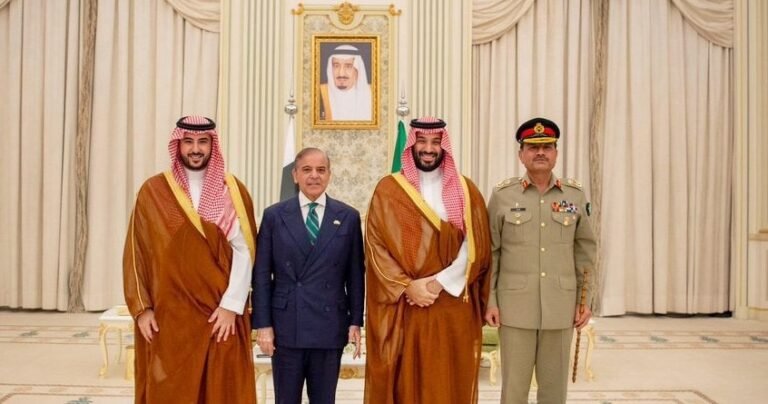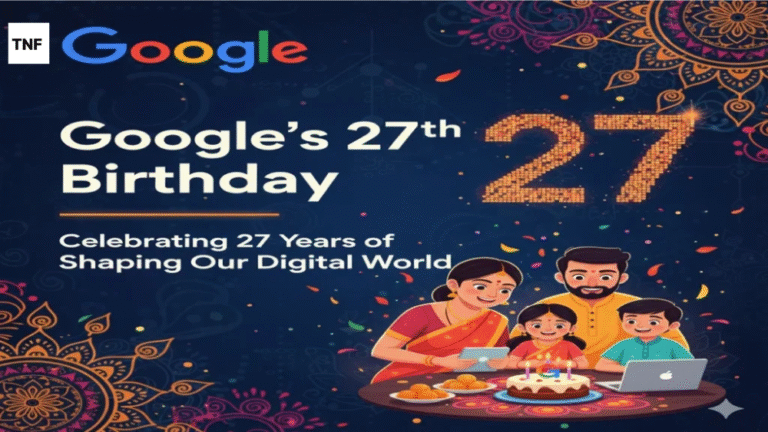In global politics, the United Nations General Assembly (UNGA) has long been seen as a universal forum representing every nation. It embodies the principle of one country, one vote, regardless of size or wealth. Yet critics increasingly describe it as ineffective, symbolically powerful but practically toothless. The phrase “UNGA: Case of a Failed Agency” reflects this growing perception.
Despite passing thousands of resolutions and launching agencies such as UNRWA and UNCTAD, the Assembly struggles to enforce decisions, resolve conflicts, or inspire real compliance.
This article explores the anatomy of its failures, reviews case studies of UNGA-linked agencies, uncovers root causes, and proposes reforms that might revive its credibility.
The Promise and Limits of UNGA
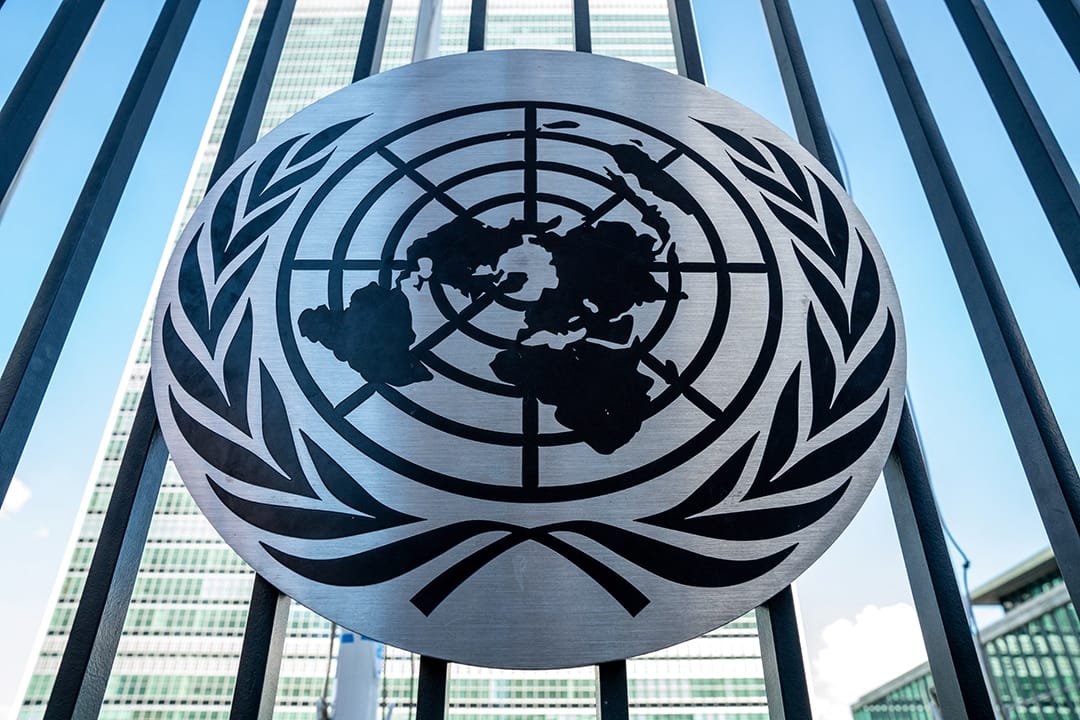
The UNGA was created in 1945 with the adoption of the United Nations Charter. It was envisioned as a democratic space where every member state could express itself equally. Today, with 193 members, it is the most representative international institution in history.
UNGA debates global crises, adopts budgets, elects non-permanent members of the Security Council, and recommends new norms such as the Universal Declaration of Human Rights (1948). Symbolically, it stands for equality among nations.
But in practice, its recommendations are non-binding. Unlike the UN Security Council, which can impose sanctions or authorize military action, UNGA relies on persuasion, consensus, and symbolic authority. This mismatch between expectation and capacity fuels the argument that UNGA functions more like a debating chamber than a governing agency.
The Anatomy of Failure: Key Weaknesses in UNGA
Critics often cite five major weaknesses that contribute to UNGA’s reputation as a failed agency. Each of these flaws is visible in real-world examples and persistent institutional dysfunction.
1. Lack of Enforcement Power
Resolutions passed by UNGA are advisory, not legally binding. In 2022, for instance, the Assembly passed Resolution ES-11/1 condemning Russia’s invasion of Ukraine and demanding withdrawal. Although supported by 141 states, the resolution carried no enforcement mechanism. Russia ignored it, demonstrating how even overwhelming global consensus can be disregarded.
This inability to enforce compliance has repeated throughout history:
- Apartheid South Africa ignored decades of UNGA resolutions until economic and political pressure from outside the Assembly forced change.
- Israel–Palestine conflict has seen hundreds of UNGA resolutions, but little meaningful implementation due to lack of binding force.
2. Overlapping Mandates & Agencies
Over time, UNGA has created a vast ecosystem of commissions, committees, and agencies—sometimes with overlapping or competing roles.
Examples include:
- UNCTAD (Trade and Development) often overlaps with WTO negotiations.
- UNHRC (Human Rights Council) competes with ad hoc fact-finding missions created by UNGA.
- UNRWA operates for Palestinian refugees, while UNHCR serves all others—leading to duplication and fragmented refugee governance.
Instead of clarity, these overlaps create confusion, bureaucracy, and inefficiency. In 2018, internal audits showed that nearly 30% of UN system resources were spent on overlapping activities, costing billions of dollars annually.
3. Security Council Deadlock & Veto Constraints
The UN Security Council (UNSC) has enforcement power, but it is frequently paralyzed by vetoes from its five permanent members (P5): the US, UK, France, Russia, and China. When the Council is deadlocked, the UNGA has tried to step in under the “Uniting for Peace” resolution (1950).
For example:
- During the Korean War (1950), UNGA authorized collective military action when the Security Council was paralyzed.
- More recently, attempts to use “Uniting for Peace” in the Syrian Civil War and Gaza conflict failed to generate meaningful action.
UNGA lacks credibility because even when it steps in, the absence of binding authority means resolutions remain symbolic.
4. Bureaucratic Inefficiency & Lack of Accountability
UNGA-linked agencies often suffer from excessive bureaucracy. For instance, in 2021, the World Food Programme (WFP), which reports to UNGA, admitted that 30% of aid in some conflict zones was lost to corruption or theft. Without strict accountability, agencies risk wasting resources while global crises escalate. Reports by the UN’s Office of Internal Oversight Services (OIOS) reveal chronic problems:
- Delayed responses to humanitarian crises.
- Projects running years over budget.
- Weak oversight mechanisms for staff conduct.
5. Political Capture & Selective Enforcement
Although every state has one vote, powerful nations influence outcomes through diplomacy, lobbying, and financial leverage. UNGA resolutions often reflect political blocs rather than universal consensus.
Examples:
- Cold War era: UNGA was often a stage for US–Soviet rivalry, with blocs voting along ideological lines.
- Middle East conflicts: Resolutions critical of Israel often pass due to bloc voting, while enforcement remains absent.
- Ukraine war (2022–2025): Western states mobilized massive support in UNGA, but Russia and allies ignored resolutions, proving selective effectiveness.
6. Funding Constraints
UNGA resolutions often mandate ambitious programs, but without matching budgets. Member states control funding through voluntary contributions, leading to chronic shortfalls.
- In 2023, UN humanitarian appeals faced a 42% funding gap, leaving millions without assistance.
- UNRWA repeatedly warned of collapse, with 2024 shortfalls exceeding $200 million.
- Agencies rely heavily on a few donors: for UNRWA, the US and EU fund nearly 60% of the budget. When donors suspend funds due to political disagreements, operations grind to a halt.
Case Study: UNRWA and Gaza
The United Nations Relief and Works Agency for Palestine Refugees (UNRWA), created by UNGA Resolution 302 (1949), exemplifies institutional dysfunction.
- Mandate: Provide education, healthcare, and social services for Palestinian refugees.
- Reality: Over 70 years later, UNRWA still operates, but refugees remain stateless and aid-dependent.
In 2025, UNRWA faced lawsuits in US courts, accused of indirectly supporting terrorist groups. Donor nations froze funds, threatening collapse. Allegations that staff had ties to militant groups severely damaged credibility.
At the same time, humanitarian needs in Gaza intensified after repeated conflicts. UNRWA was left underfunded, accused of bias, and incapable of reform. For critics, it became a textbook case of a UNGA-created agency that has failed its mission.
Patterns of Dysfunction Across UNGA Agencies
UNRWA is not the only troubled case. Across multiple domains, UNGA agencies face similar challenges:
- Human Rights Council (UNHRC): Accused of bias, as countries with poor human rights records often become members.
- UNCTAD: Produces influential reports on global trade, but lacks power compared to the WTO.
- Special Commissions: Fact-finding missions on Myanmar, Syria, or Ukraine often produce detailed reports, but states ignore their recommendations.
Root Causes: Why Does UNGA Fail?
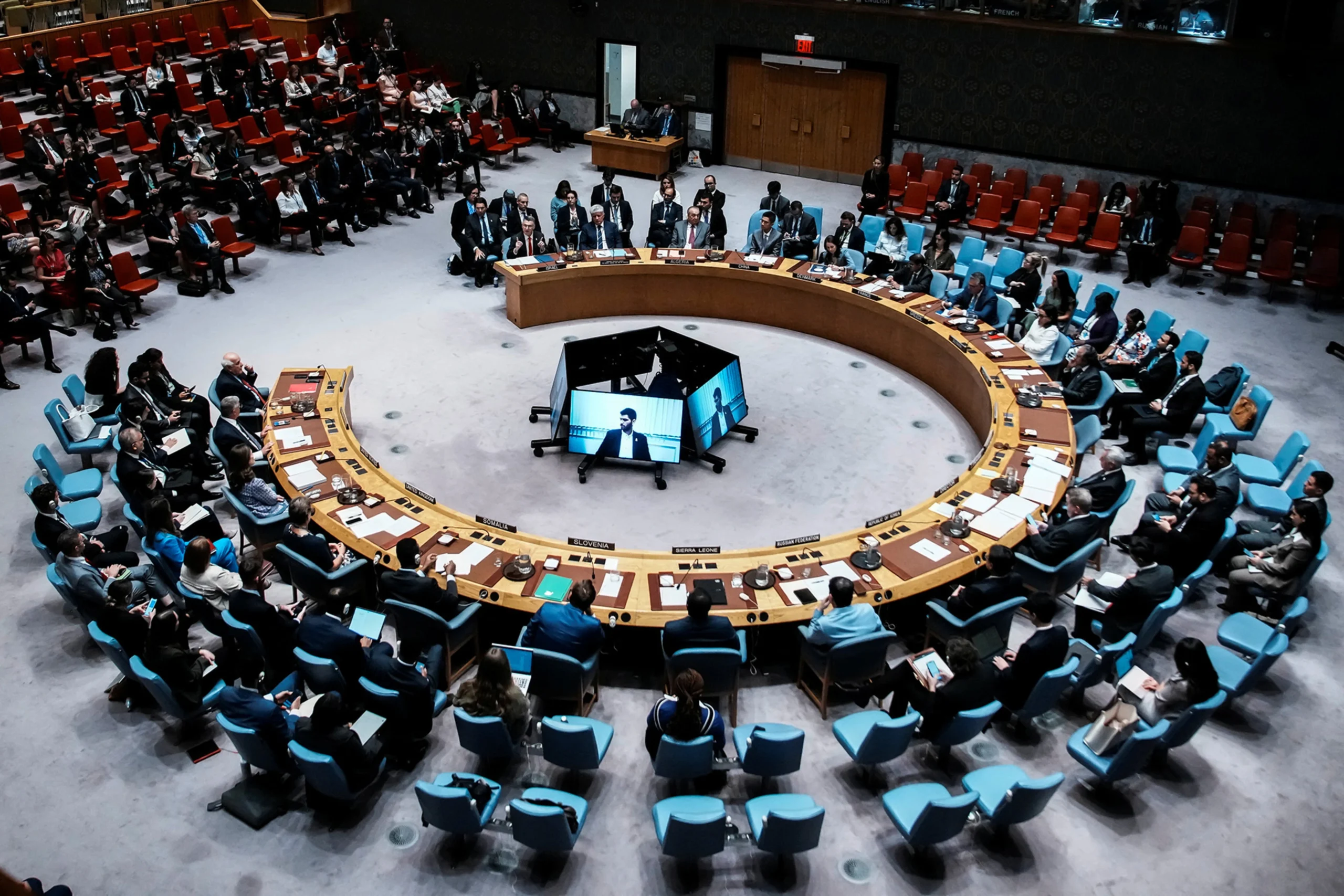
Institutional Design Mismatch
UNGA was designed as a deliberative body, not an executive agency. Expecting it to deliver binding action sets it up for failure.
Power Imbalances
The “one country, one vote” system creates the illusion of equality, but in reality, financial and diplomatic clout dominates outcomes.
Deficit of Political Will
Member states resist reforms that would reduce sovereignty or limit national interests. Without collective will, meaningful change is impossible.
Fragmentation and Silos
With dozens of committees and agencies, duplication and lack of coordination create inefficiency.
Resource Scarcity
Voluntary funding leaves agencies vulnerable to donor politics, ensuring chronic instability.
Reform Ideas: Can UNGA Be Rescued?
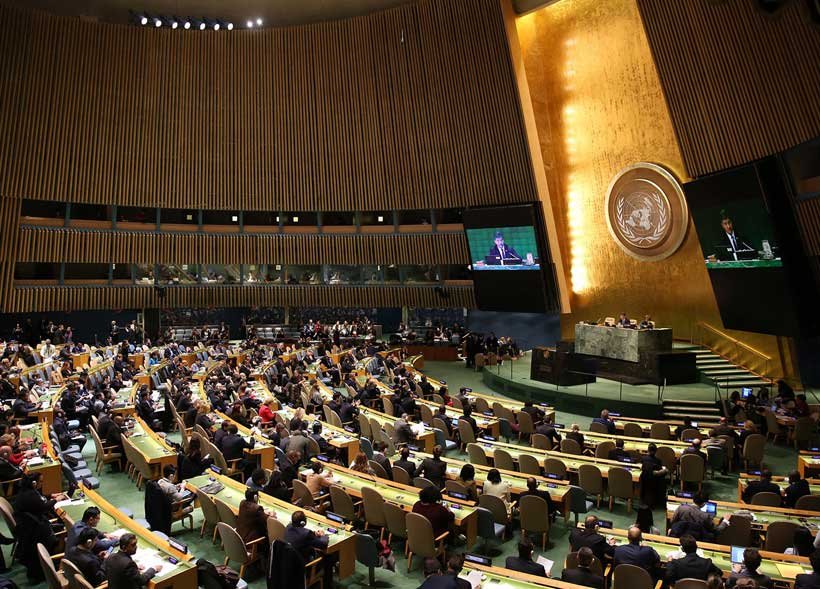
1. Strengthen Follow-Up and Monitoring
Resolutions should include clear follow-up mechanisms, such as independent audit reports and public scorecards tracking compliance.
2. Streamline Agencies & Mandates
Merging agencies with overlapping mandates (e.g., UNHCR and UNRWA) could cut inefficiency and improve accountability.
3. Conditional Funding Tied to Performance
Donors should link funding to measurable outcomes, rewarding agencies that meet goals.
4. Empower Supermajority Resolutions
Granting binding authority to resolutions supported by two-thirds or three-quarters of states could balance legitimacy with sovereignty.
5. Enhance Civil Society & Expert Engagement
Involving NGOs, academic institutions, and independent experts could reduce state capture.
6. Leverage Uniting for Peace More Flexibly
Reviving this mechanism could give UNGA emergency authority when the Security Council is paralyzed.
7. Increase Transparency
Publishing detailed budgets and impact assessments would reduce corruption and rebuild trust.
8. Build Incentives for Compliance
Offering financial, trade, or diplomatic incentives for compliance could increase effectiveness.
Risks and Challenges
Reform faces resistance from powerful states, funding uncertainties, and entrenched bureaucracy. Even with reforms, UNGA may never function like a world government. The risk of overreach—promising what it cannot deliver—remains.
FAQs — UNGA: Case of a Failed Agency
Why is the UNGA often called a “talk shop” in international politics?
Because many of its debates end in symbolic resolutions without enforcement, critics view it as a stage for speeches and posturing rather than decision-making. The phrase reflects frustration with the gap between deliberation and tangible impact.
How does UNGA differ from the UN Security Council in terms of global authority?
Unlike the Security Council, which can authorize sanctions or military action, the UNGA cannot compel states to act. Its decisions are advisory, making it influential in shaping opinion but weak in enforcement.
Has the UNGA ever achieved significant success despite its limitations?
Yes. It was instrumental in passing the Universal Declaration of Human Rights (1948) and spearheading global consensus on decolonization in the 1960s and 1970s. These achievements show its moral influence, even when legal power is absent.
What role does the UNGA play in global crises like climate change or pandemics?
It provides a platform for building global consensus, mobilizing political will, and coordinating funding pledges. For example, UNGA has hosted high-level climate summits and debates on equitable access to COVID-19 vaccines, shaping narratives that later informed international agreements.
Could regional organizations replace UNGA in addressing global challenges?
Regional bodies like the African Union, EU, or ASEAN can sometimes act more swiftly, but they lack the universality of the UNGA. While regionalism is rising, the Assembly remains the only institution where all nations can engage on equal footing.
Final Thought
The UNGA: Case of a Failed Agency reflects decades of unmet expectations. Resolutions without enforcement, agencies plagued by inefficiency, and selective political capture have eroded trust.
Yet UNGA’s symbolic importance remains undeniable. It is still the only forum where every country can speak as an equal. The challenge lies in bridging the gap between symbolism and substance.
Reforms such as streamlining agencies, enhancing accountability, and strengthening follow-up could help UNGA shed its image as a failed agency. The world’s crises—from climate change to wars—demand more than debates. They demand action.
If UNGA cannot evolve, it risks irrelevance. If it reforms, it might still become the credible global forum it was meant to be.

